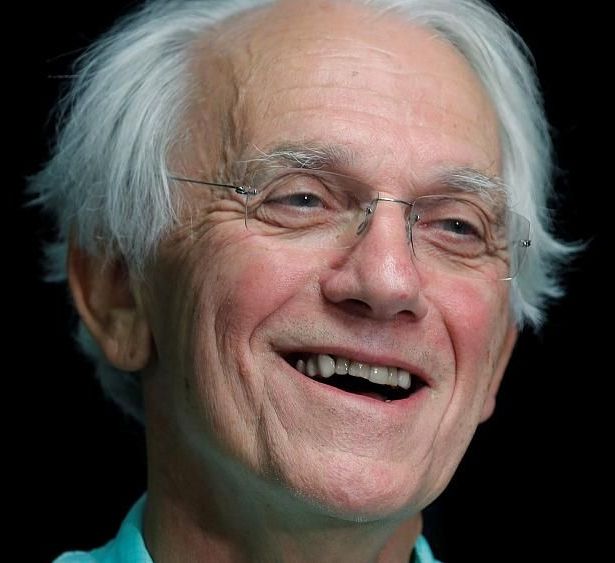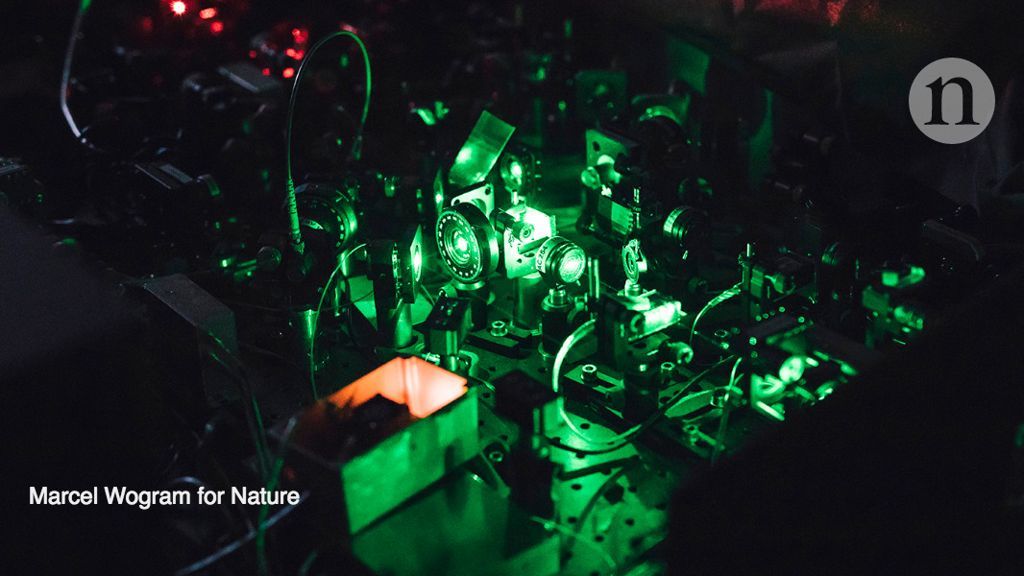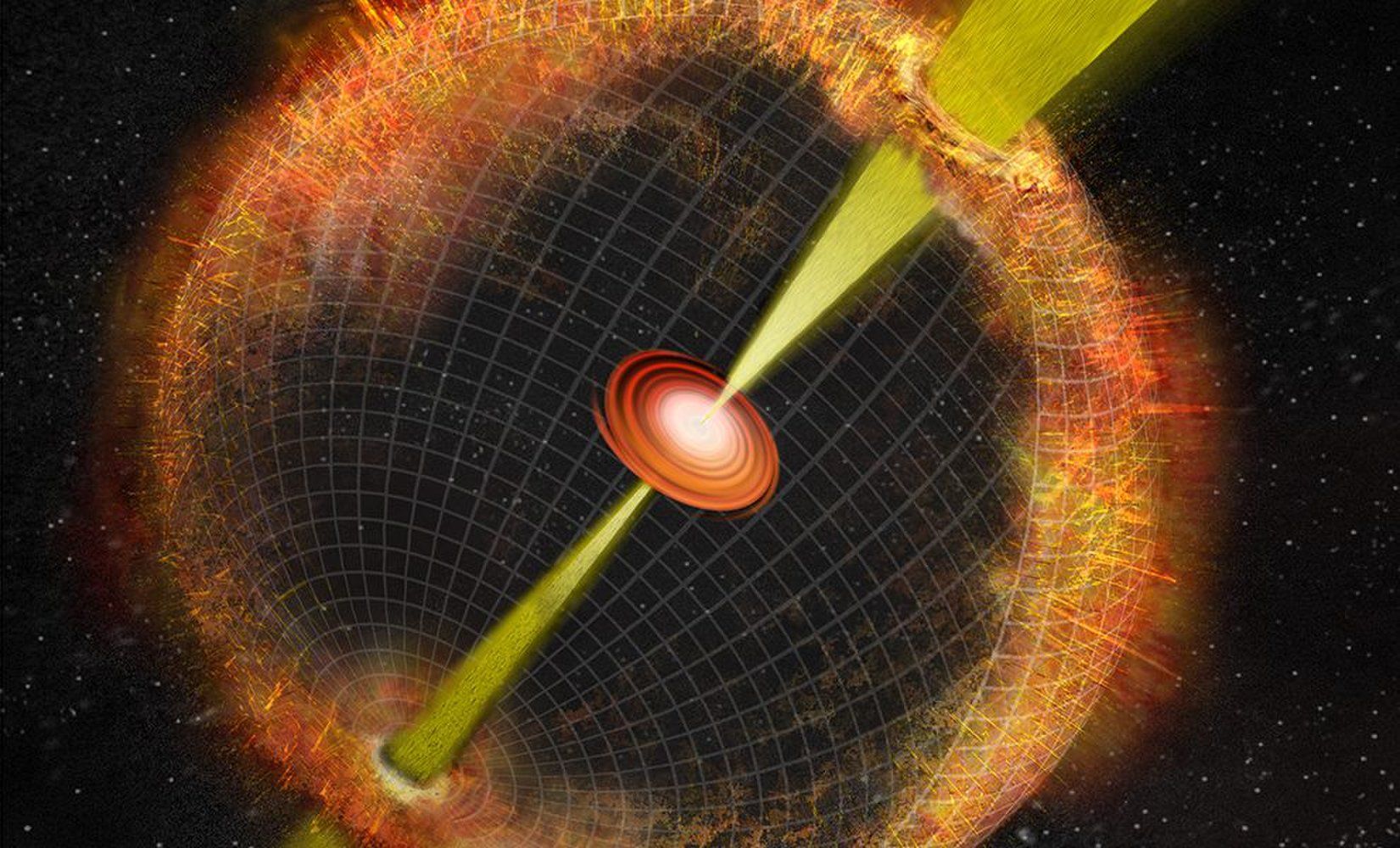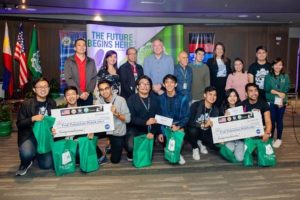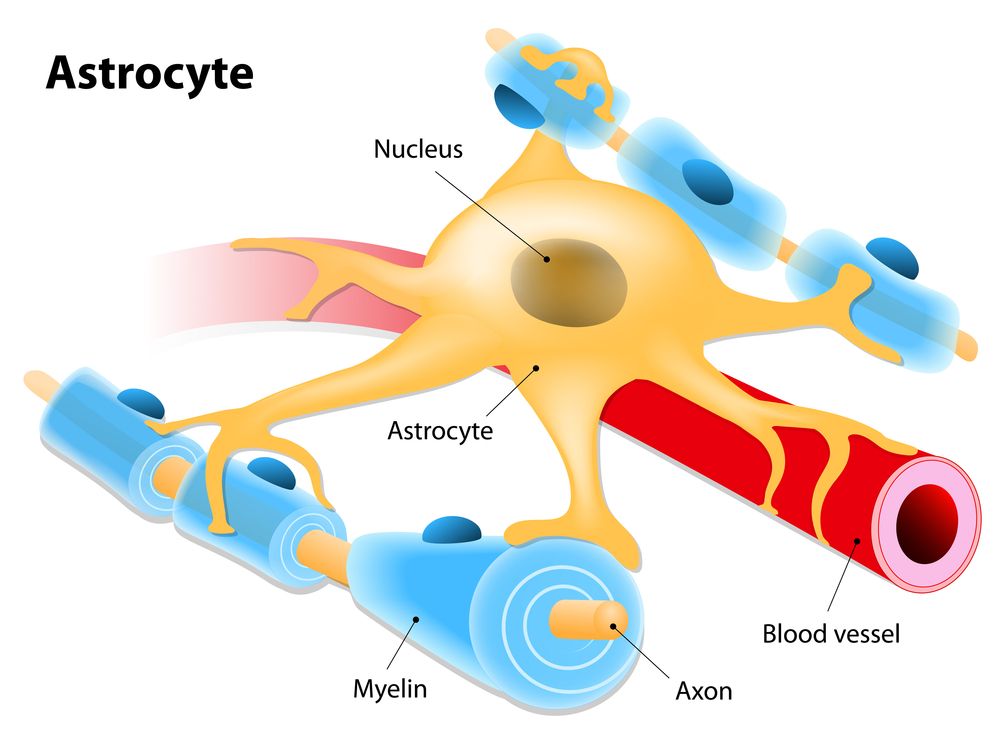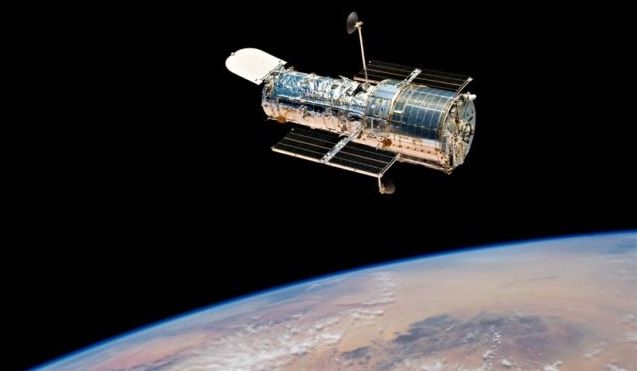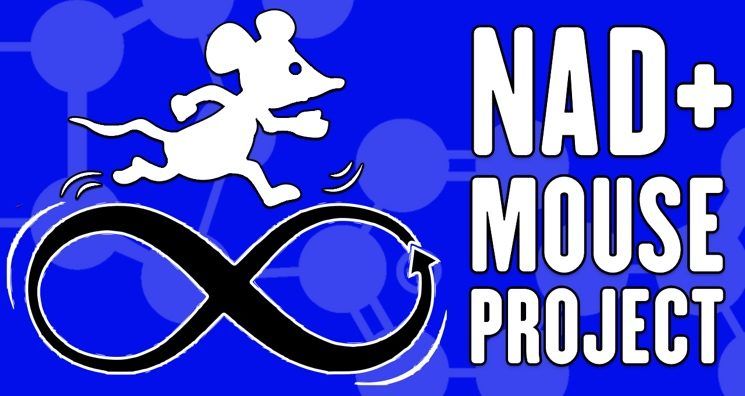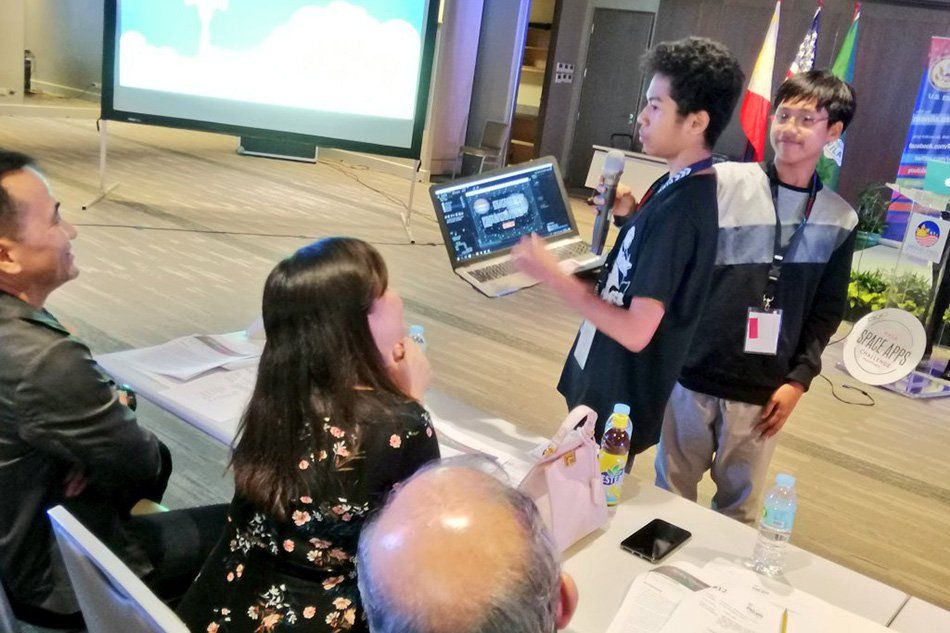Page 9782
Oct 23, 2018
Here’s what the quantum internet has in store
Posted by Genevieve Klien in categories: internet, quantum physics, security
A future ‘quantum internet’ could find use long before it reaches technological maturity, a team of physicists predicts.
Such a network, which exploits the unique effects of quantum physics, would be fundamentally different to the classical Internet we use today, and research groups worldwide are already working on its early stages of development. The first stages promise virtually unbreakable privacy and security in communications; a more mature network could include a range of applications for science and beyond that aren’t possible with classical systems, including quantum sensors that can detect gravitational waves.
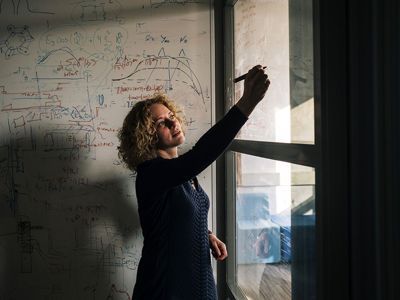
Oct 23, 2018
First ‘Orphan’ Gamma-Ray Burst Reveals Insight into Powerful Stellar Explosions
Posted by Genevieve Klien in category: space
For the first time, astronomers can investigate an orphan gamma-ray burst. Although the initial signal missed Earth, the interaction of the explosion with the gas and dust around it reveal the presence of the GRB.
Oct 23, 2018
Gravitational waves could reveal how fast the universe is expanding
Posted by Genevieve Klien in categories: physics, space
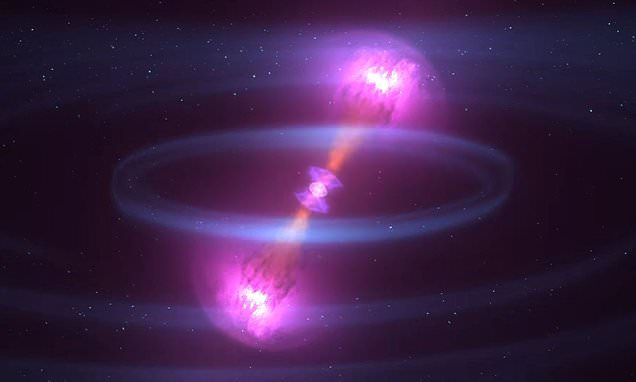
Scientists believe they’ve discovered a new method to pin down just how fast our universe is expanding over time.
In a new study, a team of researchers from the University of Chicago found that studying the gravitational waves emitted by cosmic collisions could lead to more resolute predictions about how quickly the universe is expanding.
Continue reading “Gravitational waves could reveal how fast the universe is expanding” »
Oct 23, 2018
Apple files patent for autonomous vehicle caravan features like sharing battery systems while driving
Posted by Mary Jain in categories: robotics/AI, transportation
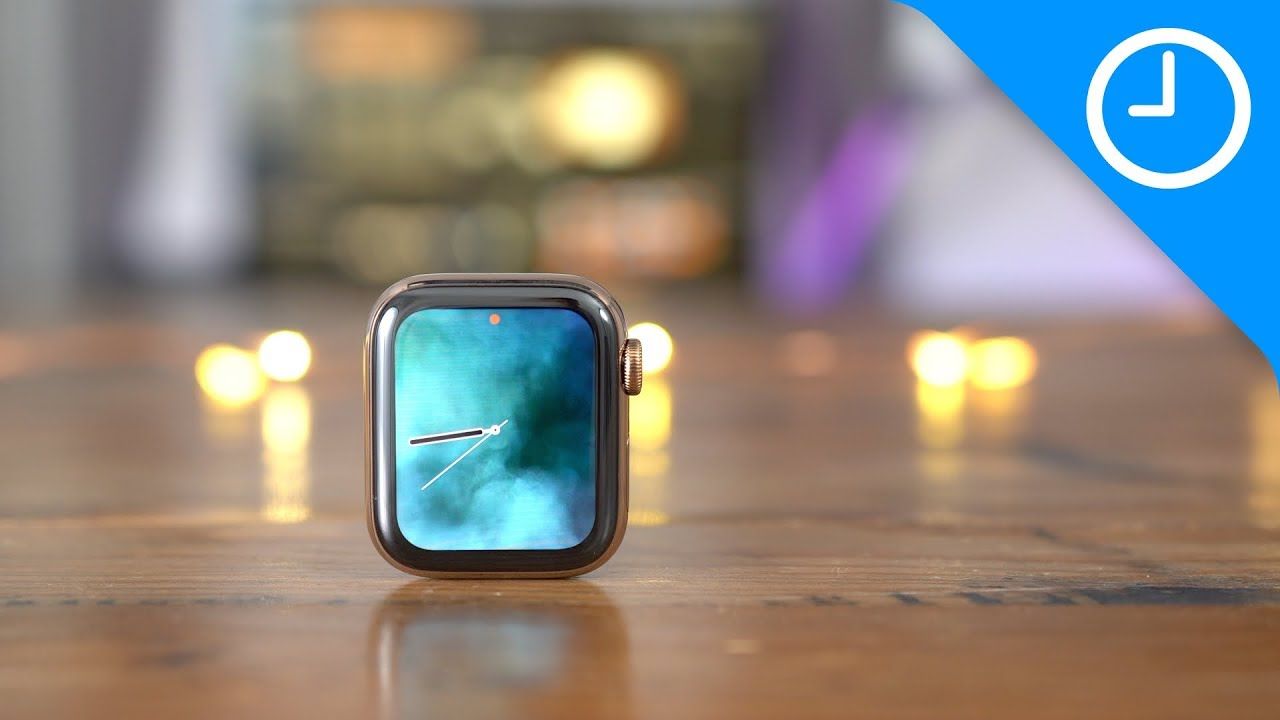
Wow that’s futuristic lvl streamlining…
Apple has today filed a patent for a set of intriguing new autonomous vehicle features called “Peloton.” The filing describes the ability for multiple self-driving cars to share battery capacity via a “connector arm,” dynamically adjust positions, increase efficiency, and more.
Oct 23, 2018
Fishing and emergency kit apps developed by Filipino innovators during the NASA Space Apps Challenge in the Philippines
Posted by Michael Lance in categories: astronomy, computing, cosmology, environmental
MANILA, Philippines — A mobile and SMS application developed by IT professionals Revbrain G. Martin, Marie Jeddah Legaspi, and Julius Czar Torreda to help fishermen receive real-time weather, sunrise and sunset, wind speed, and cloud coverage to plan their fishing activity, and an emergency checklist kit app was developed by students Jeorge Loui P. Delfin, Bluen Ginez, Samuel Jose, Rainier Garcia Narboneta, and Eugenio Emmanuel A. Araullo for disaster preparedness won the NASA Space Apps Challenge on October 19–21 at De La Salle University in Manila, Philippines, in partnership with the Embassy of the United States of America and PLDT.
Other projects and solutions developed are games using images from the Hubble Space Telescope, augmented reality mobile app to tell a story of the changes in the Arctic and Antarctic ice, artificial intelligence app helping scientists confirm the habitability of exoplanets, and story-based game using NASA Earth imagery.
They joined together with teams of coders, scientists, designers, storytellers, makers, builders, technologists, thinkers, designers, entrepreneurs, and everyone around the globe working together in a 48-hour sprint to develop solutions to some of the most pressing challenges on Earth and in space, using NASA resources and data.
Tags: NASA, space, Space Apps
Oct 23, 2018
Protein Produced by Astrocytes Involved in Brain Plasticity
Posted by Nicola Bagalà in categories: genetics, neuroscience
Protein Chrdl1 appears to regulate brain plasticity.
Researchers from the Salk Institute have discovered that a protein called Chrdl1, secreted by astrocytes, is responsible for driving synapse maturation and limiting brain plasticity later in life [1].
Abstract
Continue reading “Protein Produced by Astrocytes Involved in Brain Plasticity” »
Oct 23, 2018
NASA brings a Hubble gyro back to life after a seven-year hibernation
Posted by Michael Lance in category: space
When you’ve been in operation since 1990, you need to hibernate things for seven years every once and awhile.
“Following the October 18 maneuvers, the team noticed a significant reduction in the high rates, allowing rates to be measured in low mode for brief periods of time,” NASA reports. “On October 19, the operations team commanded Hubble to perform additional maneuvers and gyro mode switches, which appear to have cleared the issue. Gyro rates now look normal in both high and low mode.”
Now, the space agency plans to test the gyro under conditions like those during routine science activities. Once these tests are done, the telescope should resume normal science observations.
Continue reading “NASA brings a Hubble gyro back to life after a seven-year hibernation” »
Oct 23, 2018
David Sinclair Supports NAD+ Mouse Project with a 5k Fund Match
Posted by Steve Hill in category: life extension
Today we are delighted to announce there is to be a third fund match for the NAD+ Mouse Project!
Today, we are delighted to announce that there is to be a third funding match for the NAD+ Mouse Project!
Dr. David Sinclair will be personally matching the next $5000 in donations for the last 10 days of the campaign to help reach the final $60,000 goal. Now, that is what we call a devoted scientist!
Continue reading “David Sinclair Supports NAD+ Mouse Project with a 5k Fund Match” »
Oct 23, 2018
Disaster readiness, fisherfolk apps are PH entries to Space Apps challenge
Posted by Michael Lance in category: space
A shoutout to our country’s young visionaries!
One app allows users to contact each other when telecoms break down during disasters; the other gives fishermen information on weather conditions before fishing and where they should fish.
